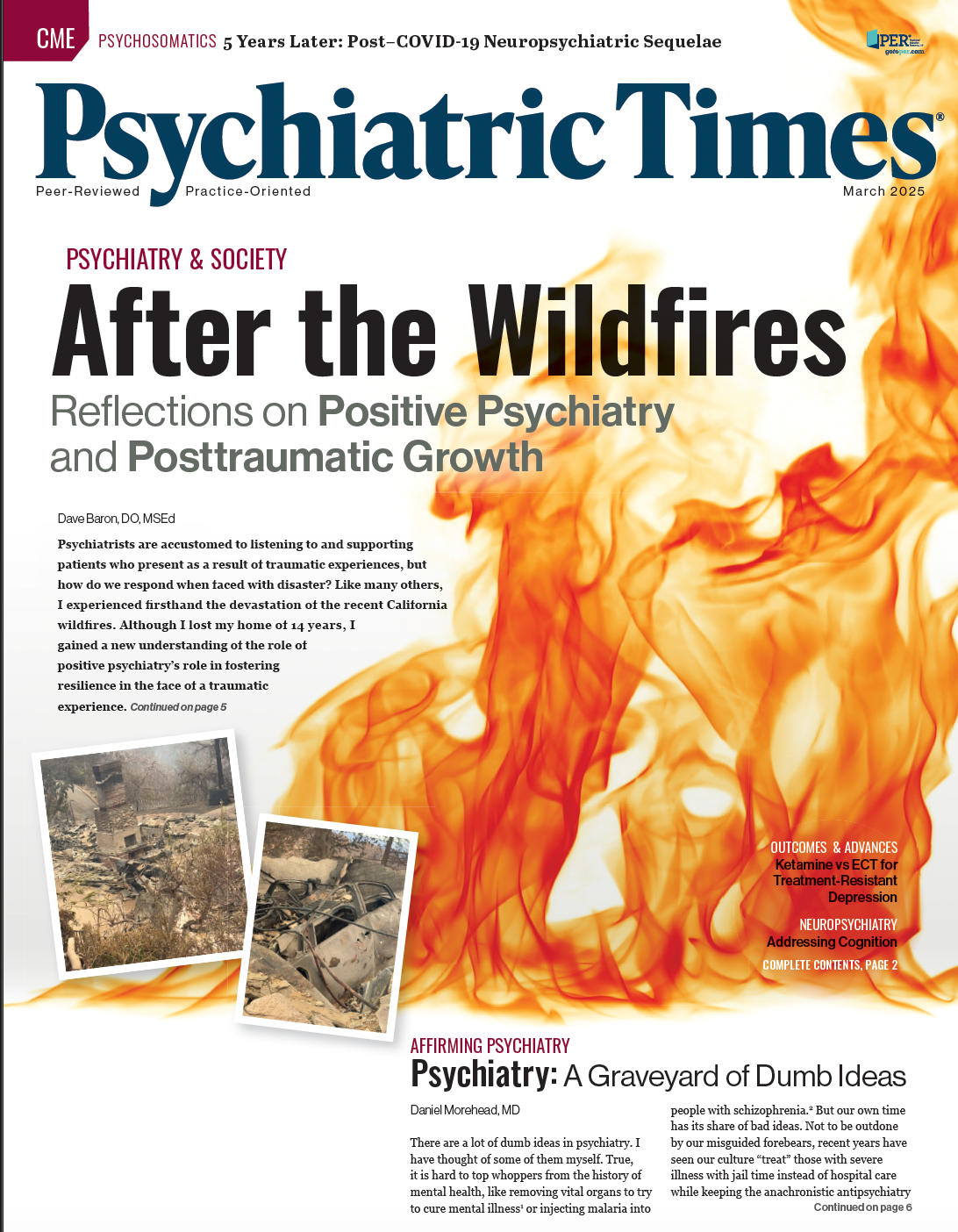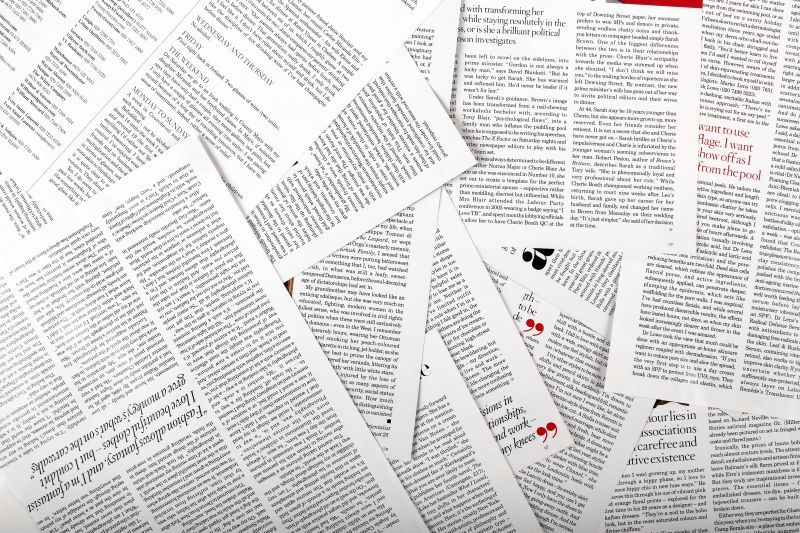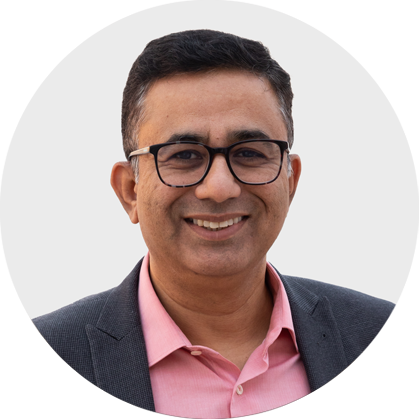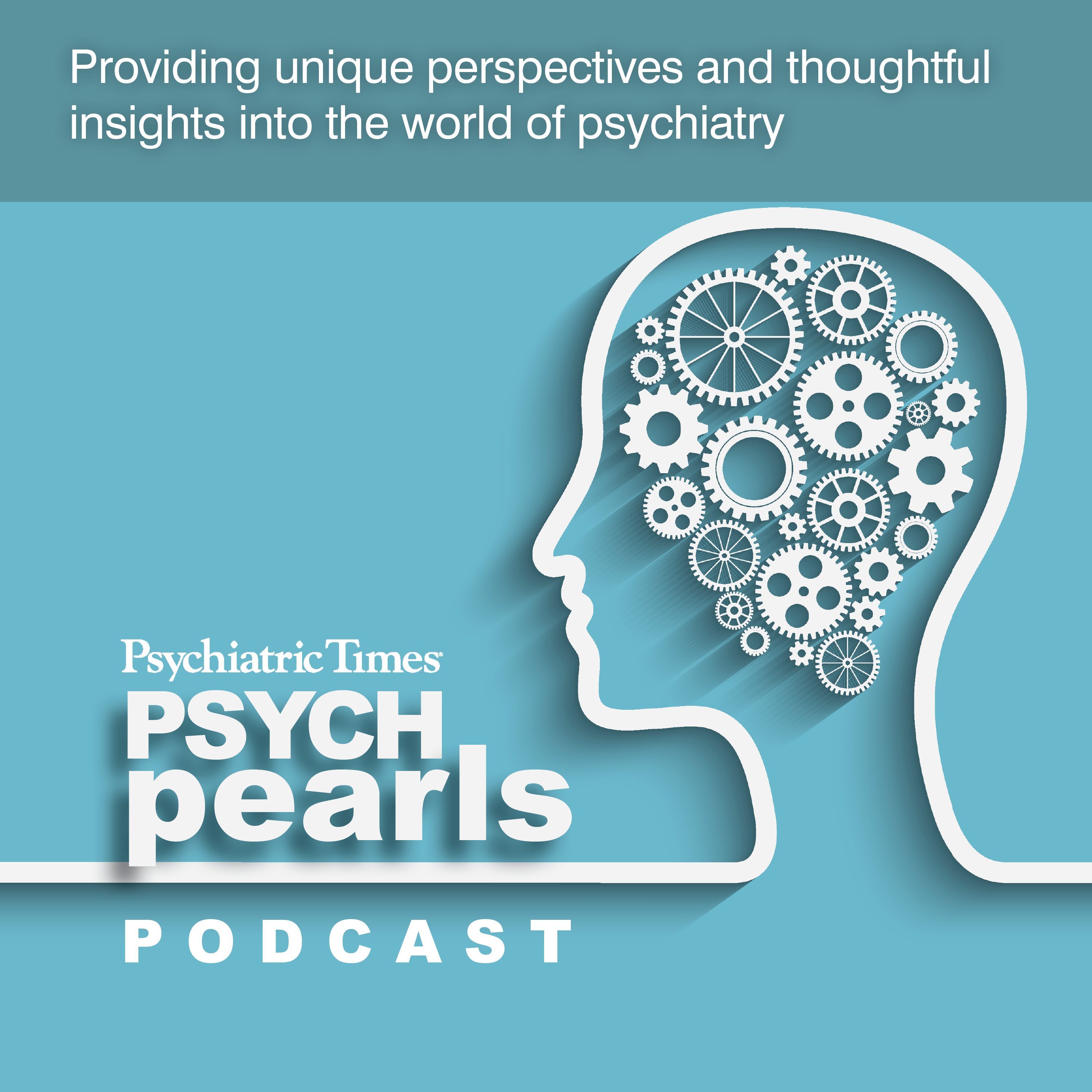Publication
Article
Psychiatric Times
Psilocybin Benefits Clinicians Traumatized on Front Line of COVID-19 Pandemic
Author(s):
Key Takeaways
- Psilocybin therapy significantly reduced depressive symptoms in clinicians, with effects lasting up to 180 days, distinguishing it from conventional antidepressants.
- The trial involved clinicians without prior mental health diagnoses, highlighting psilocybin's potential in treating pandemic-induced depression.
A single dose of psilocybin was associated with a significant and sustained reduction in depressive symptoms and possible improvement of PTSD and burnout experienced by clinicians from the front line of the COVID-19 pandemic.
zaie/AdobeStock

A single dose of psilocybin taken in a guided, structured setting was associated with a significant and sustained reduction in depressive symptoms and possible improvement of posttraumatic stress disorder (PTSD) and burnout experienced by a clinical trial cohort of clinicians from the front line of the COVID-19 pandemic.
In the placebo-controlled, randomized trial with affected clinicians who had neither a prepandemic mental health diagnosis nor moderate to severe depressive symptoms within 6 months of starting the trial, a dose of psilocybin along with integration counseling sessions demonstrated a clinically and statistically significant reduction in depressive symptoms and separation from placebo.1 The apparent therapeutic and possible protective effect persisted for up to 180 days despite participants continuing to treat seriously ill patients during the pandemic.
“To our knowledge, this trial is the first to demonstrate the utility of psilocybin therapy in the treatment of physicians, advanced practice providers, and nurses who developed moderate to severe symptoms of depression in the course of frontline work during the COVID-19 pandemic,” indicated Anthony L. Back, MD, Department of Medicine and Psychiatry at the University of Washington School of Medicine, Seattle, Washington, and colleagues.
“At the peaks of the pandemic, these clinicians were exposed to intense suffering, high death rates, decision-making under extreme uncertainty, prolonged work shifts, fear for their own and their families’ safety, and isolation due to self-quarantine,” the investigators recount. “These experiences were psychologically challenging for some clinicians even in the absence of preexisting mental health diagnosis.”
Trial of Clinicians With Trauma
The investigators recruited 30 participants (15 women; mean [range] age 38 [29-60] years) through a study website and online newsletters between February and December 2022. The screening was conducted by a web-based survey, followed by a telephone interview. Candidates were evaluated against inclusion criteria through in-person interviews, medical and psychiatric history, physical examination, as well as laboratory tests and an electrocardiogram.
“These were not people who had been on 10 antidepressant regimens. They are all people who are working full time, except for one, as clinicians and performing. They were not people who had been singled out, or disciplined, or anything like that,” Back told Psychiatric Times.
The participants were randomly assigned on a 1:1 ratio to either the psilocybin or placebo arms. Both received 2 preparation sessions, 1 medication session, and 3 integration sessions. The discussions in the integration sessions included experience with the medication, insights from that experience, and how these might be applied personally and in their practices.
“The preparation sessions and integration sessions I used in my study were quite adapted to the needs of practicing clinicians who are dealing with burnout and depression,” Back said.
“For example, we had a whole prep session that was basically about their professional career and why they had gone into being a doctor or nurse, what they found satisfying about it, and what started to happen to them during the pandemic,” Back recounted. “It is really about how their professional career led to this crisis of, ‘Why am I doing this?’”
Therapeutic Psychedelic
A single 25-mg oral dose of psilocybin or a 100-mg dose of niacin in identical white capsules was provided with “elements of secular ceremony” in a setting in which participants could bring a photograph or keepsake, and choose to sit in a chair or lie on a bed with or without an eyeshade while music played.
“The purpose of ceremony was to reinforce the participant’s belief that they could change and to incorporate their own spirituality,” the investigators indicated.
Back emphasized that although depression was relieved for those in the experiment arm, psilocybin is not acting as a conventional antidepressant. “Half the people in my study had been on an antidepressant for a while, but almost everybody had stopped it after a few months because they did not think it was helping.”
“Those (antidepressants) will damp down the symptoms of sadness, they will stabilize someone’s mood so they do not have many really terrible days, but they do not have good days,” said Back. “They do not feel more, they feel blunted at work.”
“What happens when you take psilocybin and have psilocybin therapy in this guided way is you have this day where you super intensely feel everything,” Back described. “You go back to the bedside and watch that person die, gasping in front of you and begging you to do something that you could not do...and you feel all the guilt feelings and all the sadness of what happened that you did not express at the time.”
“When they come through that, they are like, whoa, I’ve been through this thing, and I feel lighter. I feel different. And that is why the effect is different. It is not just making all that bad stuff go away, it is actually going back into it and feeling it all, and coming out the other side,” he said.
While Back expected the niacin to be easily distinguished as placebo from the psychedelic experimental treatment, the placebo arm served to distinguish active drug effect from the counseling sessions that all participants received. In addition, he noted, a placebo control arm was included to satisfy the requirement of the institutional review board (IRB) and regulatory agencies for a rigorous study design.
“I did that because this was my first psychedelic study, and I wanted to have a study designed that nobody was going to question—my IRB was not going to complain about it, and the [US Food and Drug Administration] was not going to complain about it,” Back said. “Honestly, I think the best way to study it would be psilocybin therapy vs the best-known treatment, and right now that is psychotherapy alone.”
The cohort was well qualified to distinguish between the experimental and placebo treatments, Back acknowledged. “These are clinicians who assess other people’s mental status for a living—they would know when they are altered. That is why our results are different than studies of healthy volunteers, where 10% to 15% of them cannot identify what they received, because they are not trained clinicians.”
New Paradigm of Treatment
The investigators reported a mean reduced Montgomery-Åsberg Depression Rating Scale (MADRS) score, reflecting improved depressive symptoms, from the first preparation session to day 28 of —21.33 (SD, 7.84) with psilocybin, and —9.33 (7.32) in the niacin arm. That reduction and separation from placebo was sustained through the 6 months of follow-up (mean decrease, —24.0; 95% CI, —26.87 to —21.13). The magnitude of change is significant, as the investigators point out that the minimum clinically important difference in MADRS change scores is 1.6 to 1.9.
There was numerical, but not statistically significant, improvement or separation of psilocybin compared with placebo on the Stanford Professional Fulfillment Index (SPFI) burnout subscale score, and in the symptoms of PTSD measured on the DSM-5 Posttraumatic Stress Disorder Checklist.
Back suggested that the lack of statistically significant improvement in these secondary measures might reflect the validity of the instruments for this population, as well as the population size. The PTSD instrument, Back noted, is constructed to elicit intrusive thoughts and memories: “I was not sure that was going to be a widespread experience.”
“I will say that the burnout instrument that we use [SPFI] is the best one they have, but it is a crappy instrument. I would have needed a larger sample size, and I knew it was going to be a little bit of a crap shoot,” Back remarked.
The investigators point out that while the trial did not include an arm of psilocybin without therapy, “the issues that emerged suggest a complex psychological landscape that would be difficult for any individual to navigate alone.”
The results, they indicate, “establish psilocybin therapy as a new paradigm of treatment for this postpandemic condition and add to the evidence of psilocybin therapy for depression.”
Dr Bender reports on medical innovations and advances in practice and edits presentations for news and professional education publications. He previously taught and mentored pharmacy and medical students, and he provided and managed pharmacy care and drug information services.
Reference
1. Back AL, Freeman-Young TK, Morgan L, et al. Psilocybin therapy for clinicians with symptoms of depression from frontline care during the COVID-19 pandemic. A randomized clinical trial. JAMA Netw Open. 2024;7(12):e2449026.







